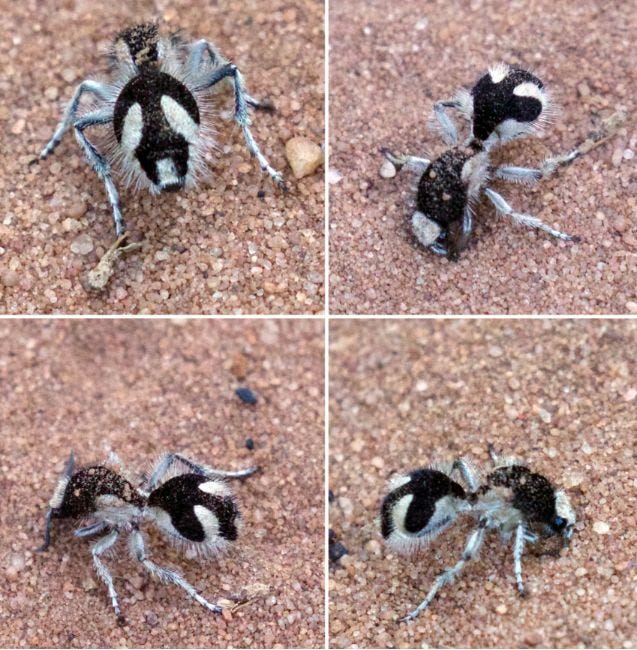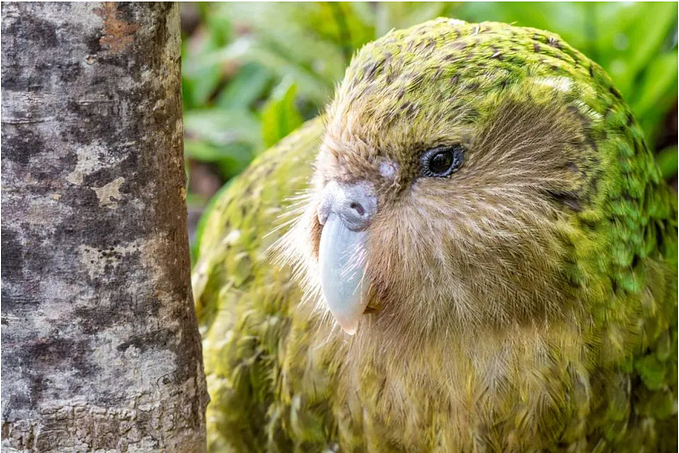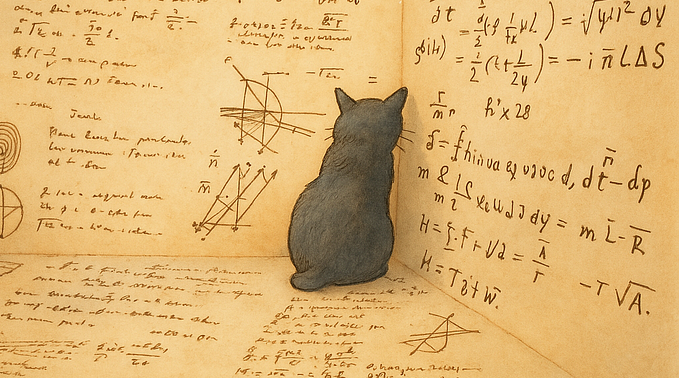Member-only story
Diverse Headgear Of Hoofed Mammals Evolved From A Common Ancestor
From the small ossicones of a giraffe to the gigantic antlers of a moose, they all evolved from the same ancestor but are dramatically different in size and shape due to differences in gene expression
© by GrrlScientist for Forbes | LinkTr.ee
Cranial appendages, or “headgear,” come in many different shapes and sizes in ruminant mammals. In the fossil record, antlers, horns, and similar growths were first seen on ancestral ruminants in the Cervidae family — deer, bison and their relatives. Where did this fancy headgear come from? Was there just one common ancestor, or many, that gave rise to all the ruminant mammals that grow such a vast array of bony headgear?
“Horns and antlers are incredibly diverse structures, and scientists have long debated their evolutionary origins,” said the lead author of a new study, paleontologist Zachary Calamari, an assistant professor at Baruch College and the CUNY Graduate Center and a research associate at the American Museum of Natural History.
Although these bony growths are collectively known as ‘headgear,’ biologists use different names for them because their tissue composition and growth patterns are distinct to each taxonomic family (Figure 1).

Antlers, for example, are found in deer and their relatives. At the root of each antler is a small bony growth known as a pedicle, and every year, antlers grow out of these pedicles. Antlers are made of bone but as they grow, they are covered with ‘velvet,’ a thin layer of skin and blood vessels that nourishes the growing bone underneath. Later, when growth has ceased for the season, velvet dries and is scraped off.
In deer, antlers are only grown by males — with the exception of reindeer, where both sexes grow them. For reasons that remain mysterious, antlers are shed seasonally, and the energetically-demanding process of growing new ones begins again.
In contrast to antlers, the bony headgear of cattle, bison and their relatives is permanent. Also unlike antlers, horns are covered with a tough coating of keratin…








